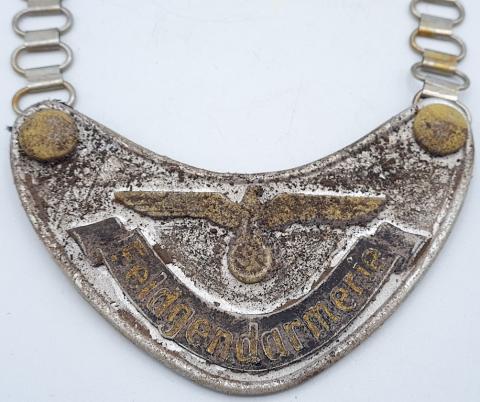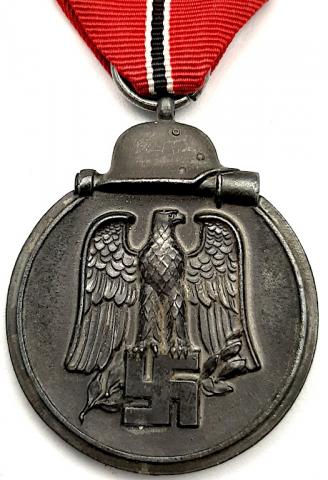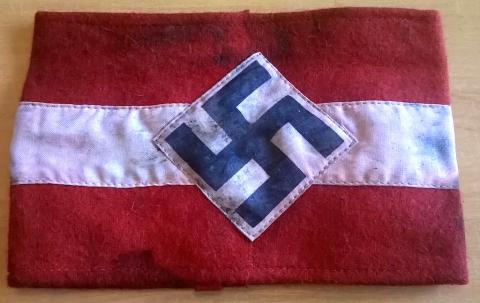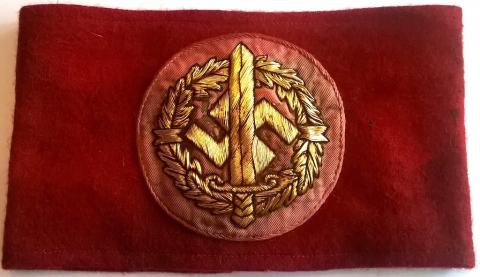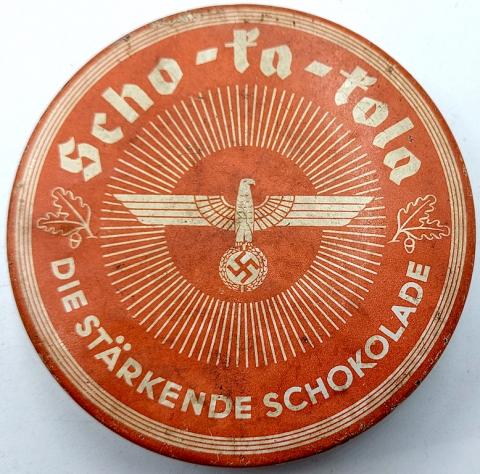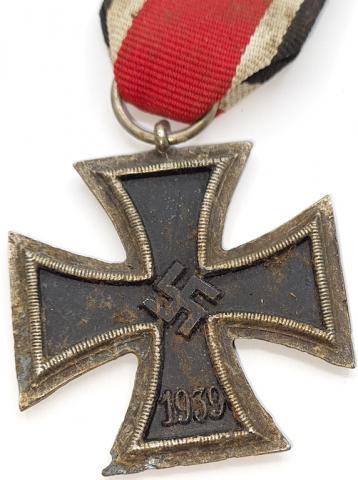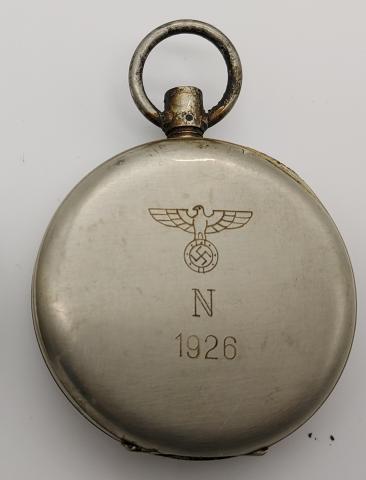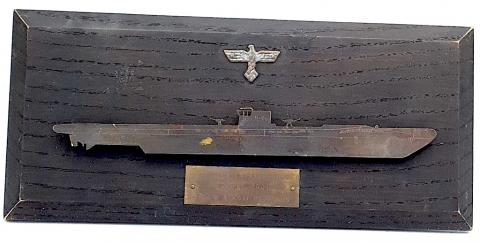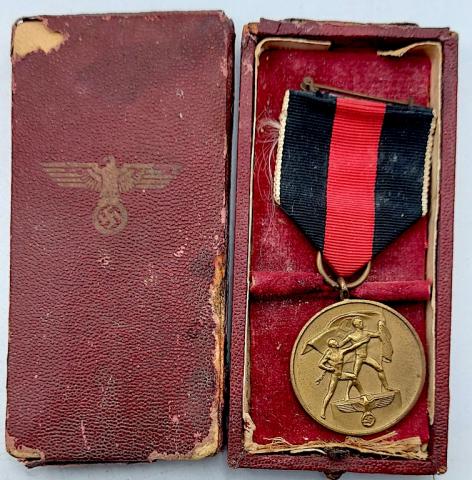FELDGENDARMERIE WEHRMACHT MILITARY POLIZEI POLICE GORGET
FELDGENDARMERIE WEHRMACHT MILITARY POLIZEI POLICE GORGET
Product
FELDGENDARMERIE WEHRMACHT MILITARY POLIZEI POLICE GORGET
RELIC GROUND DUG FOUND BUT VERY GOOD PRESERVATION STATE.
note that the cloth back was added post war and it's like new.
When Adolf Hitler came to power in 1933, Feldgendarmerie were reintroduced into the Wehrmacht. The new units received full infantry training and were given extensive police powers. A military police school was set up at Potsdam, near Berlin to train Feldgendarmerie personnel. Subjects included Criminal code, general and special police powers, reporting duties, passport and identification law, weapons drill, self-defence techniques, criminal police methodology, and general administration.
All prospective candidates served at a Feldgendarmerie command after the first term of examinations. Courses lasted one year and failure rates were high: in 1935 only 89 soldiers graduated from an initial intake of 219 candidates. Feldgendarmerie were employed within army divisions and as self-contained units under the command of an army corps.
They often worked in close cooperation with the Geheime Feldpolizei (English: Secret Field Police), district commanders and SS and Police Leaders.
